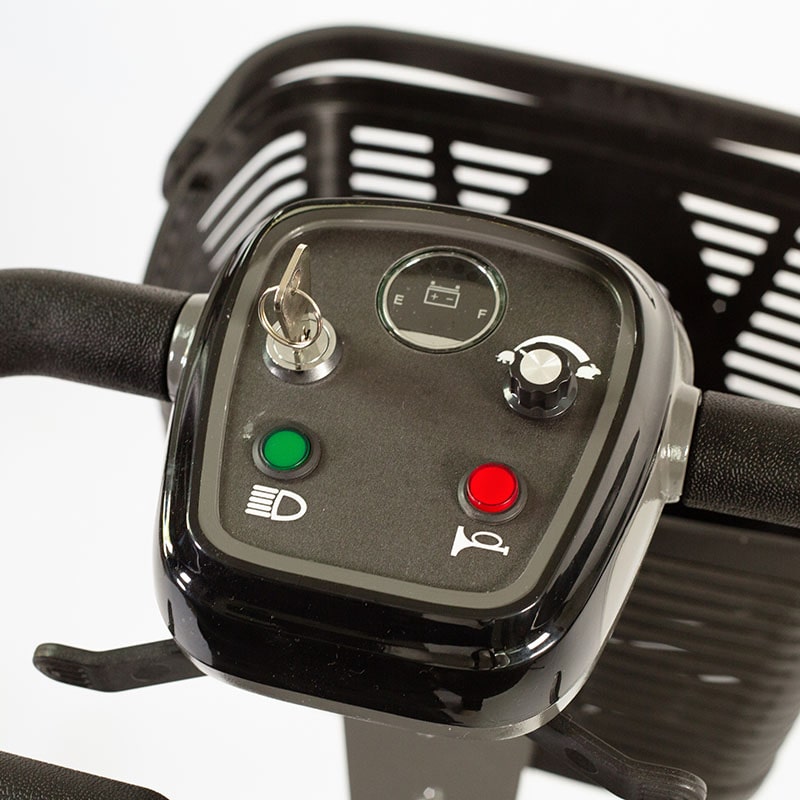Decoding Your Mobility Scooter Battery Gauge: Avoiding Misconceptions
For those venturing into the world of mobility scooters, understanding the intricacies of the battery gauge is crucial to prevent unnecessary confusion and misconceptions. Complaints about rapid battery depletion often arise from misinterpretations of the battery gauge readings. To ensure a seamless and accurate reading, it’s imperative to comprehend the dynamics and behavior of the battery gauge under various conditions. Here, we shed light on the common misinterpretations and offer insights into accurately gauging your mobility scooter’s battery status.
Deciphering the Battery Gauge:
Problem 1: Reading and Driving
One of the primary errors occurs when users attempt to read the battery gauge while the scooter is in motion. It’s important to recognize that the battery gauge reflects the voltage of the batteries, which fluctuates during usage. The voltage drops while the scooter is in operation, particularly during activities such as uphill climbs, leading the needle or light to dip toward the red zone. To obtain an accurate reading, it is advised to halt the scooter with the ignition on and allow the battery gauge to stabilize for 30-60 seconds before assessment.
Problem 2: Residual Charge
Another prevalent issue arises from misinterpreting the apparent ‘gap’ between the needle and the end of the green zone on the battery gauge, often misconstrued as rapid battery drainage. For specific models like the Spitfire EX, this slight gap is indicative of a fully charged battery. The residual charge, which settles on the battery terminals post-charging, can cause the initial reading to appear excessively high, creating a false impression of a fuller battery. Realizing that the residual charge dissipates over time, resulting in a drop in the reading, is vital in comprehending the actual battery status.
Solving the Mystery:
To ascertain the true condition of the batteries, a simple test can be conducted by driving the scooter continuously for approximately an hour at full speed, equivalent to 6-8 kilometers. If the battery remains well above the yellow zone even after this duration, it’s a reliable indicator of the battery’s robust health.
Problem 3: Misinterpretation during Charging
Inexperienced users often misinterpret the battery gauge’s readings during the charging process, leading to undercharging and subsequent battery deterioration. It’s crucial to note that the battery gauge, acting as a voltmeter, reflects the ‘full’ status even during charging, which may not accurately represent the true charging status. Relying on the LED light provided with the charger, which transitions from orange or red to green upon complete charging, is a more reliable approach to determining the battery’s charge status.
Conclusion:
A nuanced understanding of the mobility scooter’s battery gauge is indispensable for accurate interpretation and efficient management of the scooter’s battery life. By recognizing the nuances of the gauge’s behavior, users can eliminate common misconceptions and ensure the optimal utilization of their mobility scooters, enhancing their overall experience and convenience.




